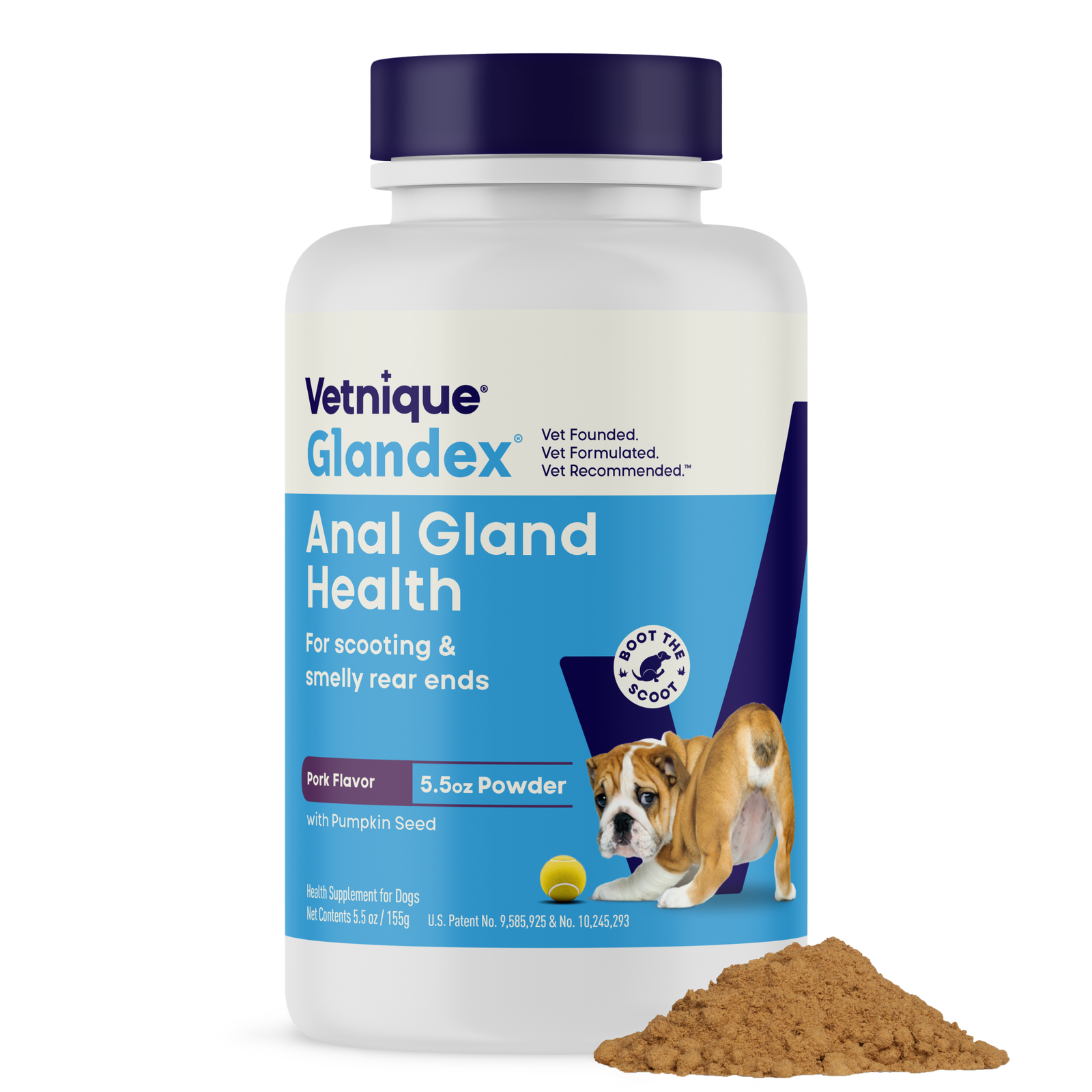Keeping Your Pet Safe in Hot WEather
AUG 2022 | Reviewed By: Dr. JOYA GRIFFIN
There’s nothing like a warm summer day, full of fun in the sun for your pet. But is there such a thing as too much sun for your furry friend? The answer is a resounding yes, which means you should always keep an eye on your pet’s health when the sun is high and the weather is hot!
Effects of heat exposure can be brutal for your pet. Knowing how to keep them cool can ensure your summer and fall festivities are fun for the whole family!
How Hot Weather Affects Your Pet
PET Fact
Hyperthermia (abnormally high body temperature) is the opposite of hypothermia (abnormally low body temperature), while normothermia is the state of a normal, healthy internal body temperature

Signs of Heat-Related Illness in Pets
If your pet has been exposed to high temperatures for an extended period, the effects will start to affect their health. A good rule of thumb is to use caution anytime your pet steps outside in temperatures 75º or higher. To keep your pet as safe as possible, get to know the three escalating phases of heat-related illness (HRI) in dogs and cats:
If your pet has been exposed to high temperatures for an extended period, the effects will start to affect their health. A good rule of thumb is to use caution anytime your pet steps outside in temperatures 75º or higher. To keep your pet as safe as possible, get to know the three escalating phases of heat-related illness (HRI) in dogs and cats:
1. Heat Stress
Signs of heat stress in dogs and cats can be subtle at first, and may range in severity depending on factors like the animal’s coat and weight. Here are the basic signs of heat stress in pets:
- Excessive, rapid panting
- Visibly tired or less animated than usual
- Reduced alertness
- Changes in mood (seeming more anxious or hesitant)
- Tongue fully extended with a lax, flattened end
- Sudden cramps or muscle spasms
- Upper lips pulled back revealing full set of teeth
2. Heat Exhaustion
If the signs of heat stress have been overlooked, heat exhaustion will be the progression of HRI. Heat exhaustion can look like:
- Extreme thirst
- Excessive panting
- Stumbling and muscle weakness
- Continued or worsening muscle spasms
- Digestive upset (vomiting, diarrhea)
- Dry tongue, gums, and nose
3. Heat Stroke
Heat stroke is severe exposure to high temperatures and means your pet can no longer cool themselves down. If your dog or cat is exhibiting these symptoms, it’s time to seek medical attention:
- Collapse or inability to get up from a prone position
- Unresponsive or seemingly confused
- Dark urine or lack of urination
- Seizures or tremors of the head or neck
- Loss of balance or unsteadiness
- Non-stop panting that’s noisy or labored
- Weakness in the hips or back legs
These symptoms can continue with each stage of heat-related illness. Most will worsen as long as your pet remains exposed to high heat–so it’s important to keep a close eye on their condition!
How to Support an Overheated Pet
If your pet is already exhibiting signs of HRI, how you care for them will determine how quickly they recover. Below, you’ll find vet-recommended advice on how to cool down your pet in order to prevent serious symptoms of heat-related illness.
1. Heat Stress
If your pet is just beginning to become affected by heat, here’s what you can do to make them more comfortable:
- Have your pet take a rest, either by bringing them to a shaded area or by stopping the activity
- Give them cool water to drink
- Provide ventilation, either by finding a breezy area or using a handheld fan
- Rinse their mouth to remove thick, sticky saliva
- Soak a cotton pad in rubbing alcohol then apply to their inner ear flaps, armpits, and groin area (this can cool blood near the surface of their skin)
- Use a cool compress on their paw pads, nose, and underbelly
- If your pet still appears fatigued or is showing signs of heat stress, call it a day and let them rest until tomorrow
- Finally, contact your veterinarian if any of their symptoms concern you
2. Heat Exhaustion
If your pet’s heat exposure symptoms have escalated, take these immediate steps to cool them down:
- Head to your nearest veterinary clinic for immediate care
- Keep your pet’s kennel, backseat, or wherever they’re riding cool with a cold, wet blanket
- Lay your dog on their side to allow for maximum heat release from the body
- Turn on a fan pointed directly at your pet
- Avoid submerging your pet in cold water or applying ice directly to their skin
- Call your vet’s office to get additional advice on how to treat your pet’s symptoms
2. Heat Stroke
Heat stroke can be life-threatening, and requires immediate medical attention. Take your pet to the nearest vet hospital for emergency treatment. Until you get there, keep them comfortable by following the action items outlined above for both heat stress and heat exhaustion.
Best Practice for Keeping Your Pet Safe in Summer
Heat-Safe Summer Activities For Pets

Frozen toys






